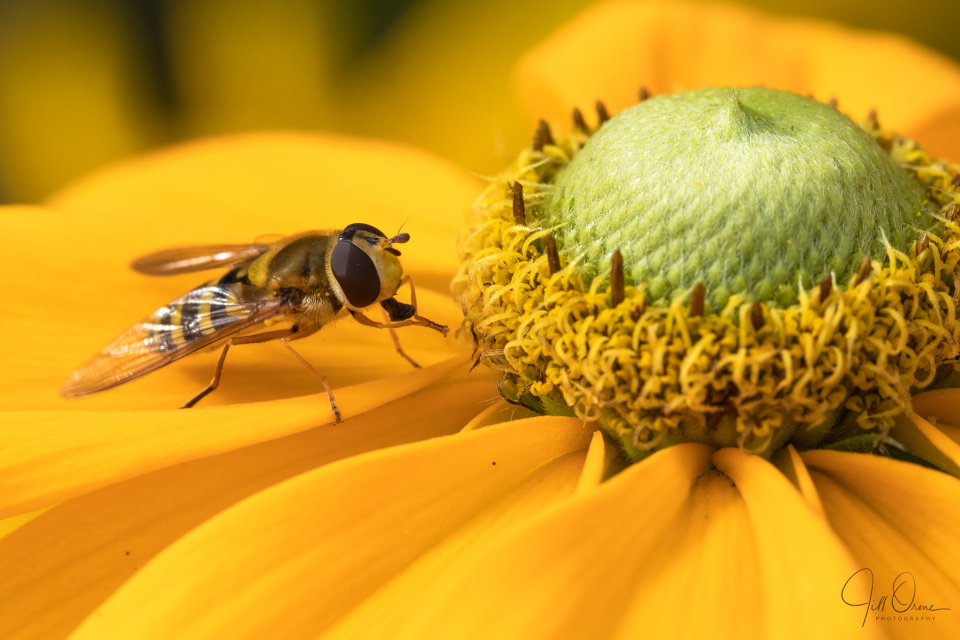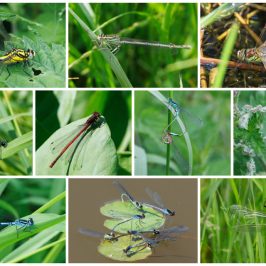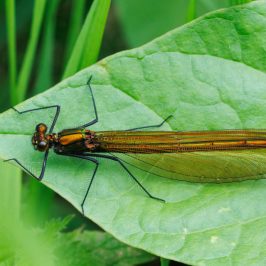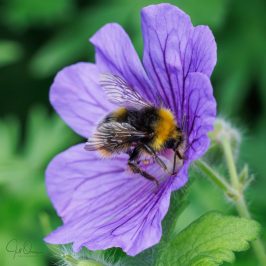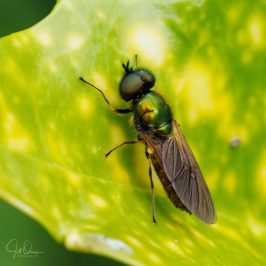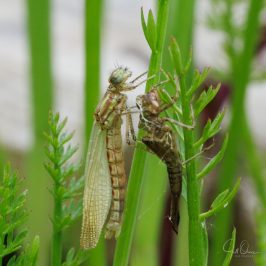R and I had an excellent day with the Boy Wonder in Cardiff today. He was cute and funny throughout, and also rather sweet at times, showing genuine concern when a slightly younger child (“Baybee!”) was crying in the Swedish café this afternoon. I explained that babies cry a lot because they haven’t got words yet to tell their grown-ups what they want, and he frowned at me as though this was the most idiotic thing he’d ever heard, and then went back to eating his cardamom bun (“Cake!”).
New words today:
“Ooof!” when a couple of building bricks require unusual force to stick them together or pull them apart.
“Pair” – as in a pair of socks, rather than a pear. Fruit is the Work of the Devil.
“Atoo!” (accompanied by a swift bob of of the head, and followed by a huge grin) after I’d sneezed a couple of times.
“OK!” He’s still channelling the late Queen though (c.1955), so it comes out more like “Ay-Kay”. “No” is quite often “nair” at the moment.
And finally – saving the best (and newest) for last – “Airpay”, which it took me a few seconds to realise means aeroplane. He first said it as we arrived at the park this afternoon, and on seeing my bemusement repeated it insistently, until the noise of an overhead plane caused me to experience a flash of realisation. When I said “aeroplane?” he was very pleased, and from then on he said it every few minutes, whether there was a plane in the sky or not, checking to make sure I still understood and smiling with great satisfaction when I proved that I did.
I took this photo while B was napping in his pram (pushed around the park by R, who has more stamina when it comes to repetitive circuits than I do). It’s a female Syrphus hoverfly, and though this is a tricky genus identification-wise, she’s helpfully displaying the fact that there’s only a tiny area of dark shading on her rear femur, which makes her Syrphus ribesii. This tends to be described as a woodland species, but it’s remarkably unfussy in its requirements, and can turn up pretty much anywhere. The adults are nectar feeders but their larvae eat aphids, which is why you’re likely to find females hanging around plants that are attacked by aphids, because they instinctively lay their eggs as close to an aphid colony as possible. The other interesting thing about Syrphus ribesii is that they tend to vibrate their wings at rest – if you view this full-screen you’ll be able to see movement in the wings here – and when males congregate in large numbers, as they often do in woodland settings, they generate an audible humming sound.

